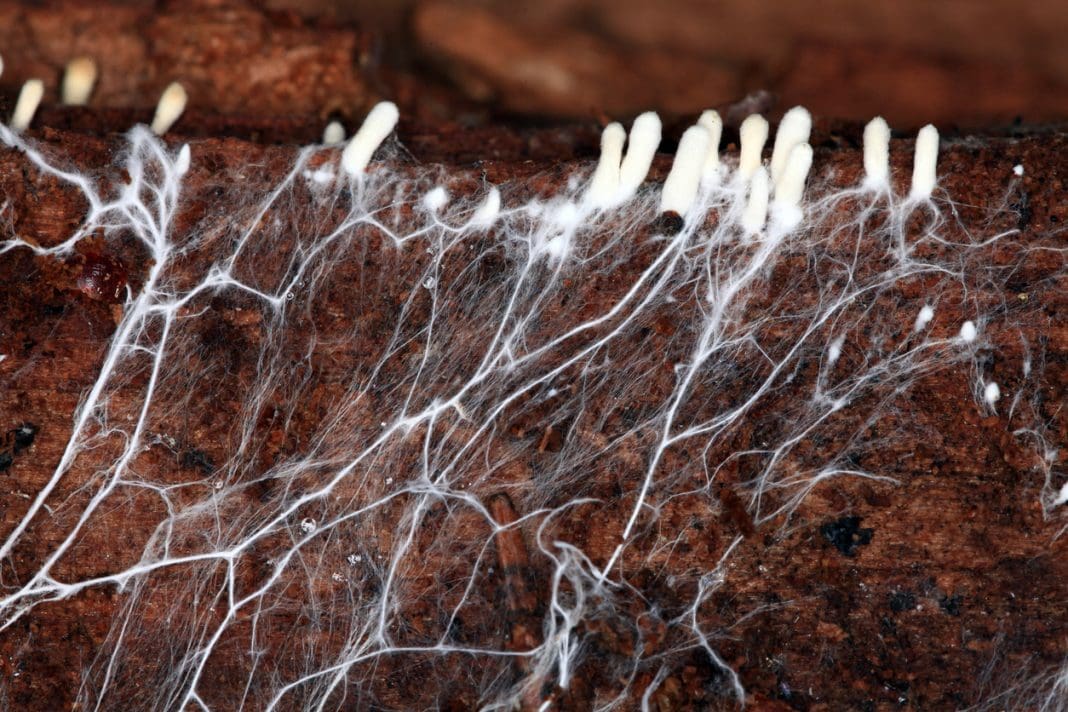A recent Life Cycle Assessment study conducted by researchers at the University of Bristol examined the potential environmental impact of mycelium composites, heralded as green materials of the future, on African communities
In recent years, sustainability has gained prominence worldwide as awareness of environmental degradation, climate change and resource depletion has surged.
In 2015, the United Nations introduced the Sustainable Development Goals (SDGs), also referred to as Agenda 2030, marking a significant commitment to address these challenges and pave the way for a sustainable future.
Despite the significant progress in the Global North, Africa is facing challenges in meeting these goals due to significant obstacles such as limited financial resources, inadequate infrastructure, political instability and widespread socio-economic inequalities.
Given that African countries are among the most vulnerable to climate change and environmental degradation, it is crucial to intensify collective efforts in supporting them to achieve sustainable development.
Investments in renewable alternatives and sustainable manufacturing practices have proven successful in countries recognised as among the most sustainable today, such as Sweden, Norway and Finland.
However, it is essential to tailor solutions to Africa’s unique challenges, prioritising both environmental and socio-economic sustainability.
Why mycelium composites are considered sustainable
Mycelium composites are gaining widespread recognition in the Global North as a green solution for the future, holding promise in the construction sector.
They are a novel class of biobased materials composed of agricultural organic residues and mycelium – the root structure of mushrooms: they are grown using the same method for culturing mushrooms but are harvested before the full growth cycle completes, preventing mushroom formation.
This biological growth process eliminates the need for high-end complex equipment. Moreover, mycelium composites can also be efficiently recycled, biodegraded, or composted after use.
Are these materials sustainable for Africa?
While these attributes make mycelium composites an excellent green alternative material, addressing key environmental concerns is essential for their sustainable adoption in Africa. The findings of a recent Life Cycle Assessment (LCA) outlined these critical aspects:
- The intensive electricity consumption required to grow mycelium composites – powering autoclaves, incubators and ovens – can result in environmental impacts comparable to or greater than those of concrete.
- This issue is exacerbated in countries where the energy mix is predominantly fossil fuel-based, such as South Africa, where 80% of electricity comes from coal. Conversely, in countries like the Democratic Republic of Congo (DRC) and Kenya, where electricity is largely renewable, the environmental footprint is substantially lower.
- The environmental impact of mycelium composites is also influenced by the composition of the organic biomass used. Nutrient-rich biomass, such as maize grains, increase the potential for eutrophication, harming aquatic ecosystems, while residues with low nutritional value, like coconut coir, result in a lower impact.
- Mycelium composites have a limited lifespan, estimated at 20 years with regular maintenance. This short lifespan can lead to a higher environmental impact, especially in long-term applications, where their impact can be up to 50% greater than that of concrete for the same use.
Potential solutions to the environmental impact of mycelium composites
The high impact of electricity usage in mycelium composite manufacture can be mitigated by reducing consumption.
This can be achieved by eliminating expendable processes and machinery, opting for energy-efficient equipment and using alternative energy sources where possible.
For instance, instead of using an electrically powered oven for the 48-hour drying process, a firewood-fuelled oven could reduce the impact by up to 80%. Additionally, employing efficient filter units and emission capture systems can significantly reduce environmental emissions.
The environmental impact of organic biomass can be mitigated by prioritising agricultural waste with low nutritional value over sources with high nutritional value.
Other potential alternatives include sourcing biomass from expired and post-consumer starch-based or lignocellulosic food waste, as well as lignocellulosic waste materials from other industries, such as wood waste from the construction sector.
Additionally, exploring alternative sterilisation methods like pasteurisation can reduce reliance on electricity-powered autoclaves and decrease water usage.
Water usage is another critical concern, especially in African countries with limited potable water. Significant amounts of water are used for hydrating organic matter, powering autoclaves and cleaning to ensure sterile conditions. Harvesting rainwater can be an effective alternative to mitigate the potential impacts associated with water usage, reducing the risk of water deprivation and scarcity.
Significance of study
Evaluating the environmental sustainability of a technology can proactively address foreseeable challenges. This is particularly important when introducing new technologies in developing countries, which are more vulnerable to the impacts of climate change.
As demonstrated in this study, biobased materials cannot be assumed to be inherently sustainable and, in some cases, may actually have a greater environmental impact than non-renewable materials. Life cycle assessments can help outline more sustainable manufacturing practices, ultimately promoting better environmental outcomes.
This study was conducted by Stefania Akromah, Stephen J. Eichhorn, Neha Chandarana and Jemma Rowlandson, and funded by the EPSRC Centre for Doctoral Training in Composites Science, Engineering & Manufacturing (CDT CoSEM) at the University of Bristol.














